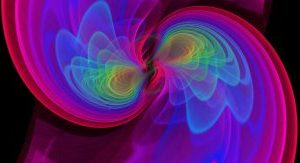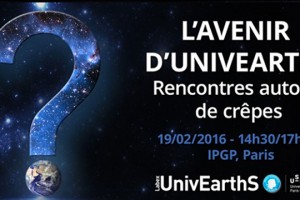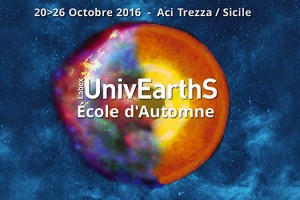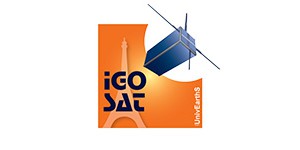Gravitational waves in the cloud

Cécile Cavet and Antoine Petiteau wrote an article on LISA applications in the cloud, in connection with the project “Data distribution, visualization and cloud computing“. You can find the original article on the IN2P3 website. The calculations associated with the detection of gravitational waves will generate peak loads spaced over time and appear to be excellent candidates for using the […]
» Read more



